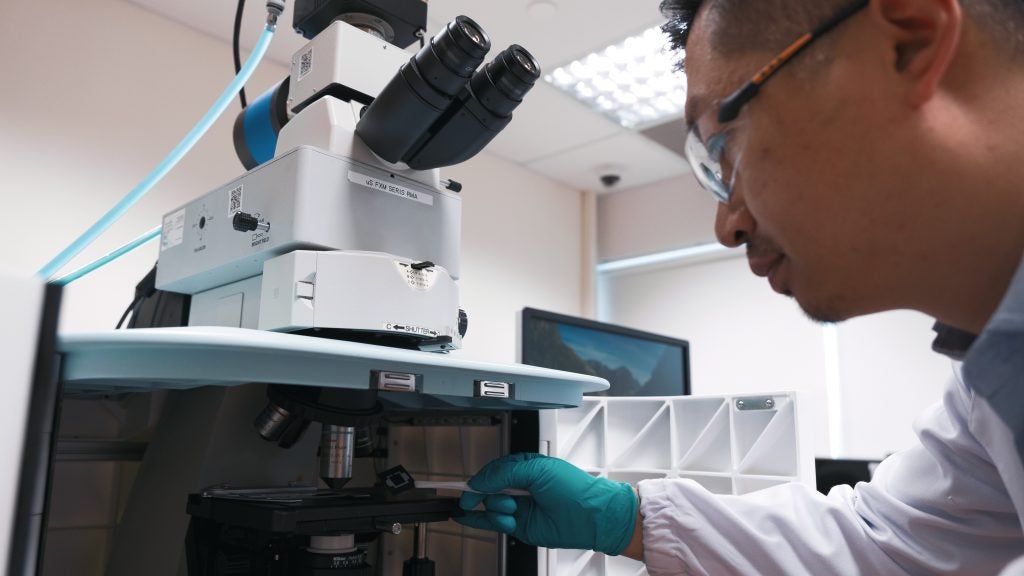
Inspired by underwater invertebrates such as the jelly fish, Assistant Professor Benjamin Tee and his team from NUS Materials Science and Engineering, in collaboration with researchers from Tsinghua University, China and the University of California Riverside, USA, created an electronic skin with similar functionality. The team of eight researchers spent over a year developing the material and its invention was reported in the journal Nature Electronics on 15 February 2019
The electronic skin is transparent, stretchable, touch-sensitive and has self-healing abilities in aquatic environments. It could be used in everything from water-resistant touchscreens to aquatic soft robots.
Assistant Professor Tee has been working on electronic skin for many years and was part of the team that developed the first ever self-healing electronic skin sensors in 2012. They succeeded in creating a gel consisting of a fluorocarbon-based polymer with a fluorine-rich ionic liquid. When combined, the polymer network interacts with the ionic liquid via highly reversible ion-dipole interactions, which allows it to self-heal. The material can retain its shape in wet and dry surroundings, and works well in sea water, and acidic and alkaline environments.
The electronic skin is created by printing the novel material into electronic circuits. Being soft and stretchable, the material's electrical properties change when touched, pressed or strained.
Said Assistant Professor Tee, who is also from NUS Electrical and Computer Engineering and the Biomedical Institute for Global Health Research and Technology (BIGHEART) at NUS, "The 3D printability of our material also shows potential in creating fully transparent circuit boards that could be used in robotic applications. We hope that this material can be used to develop various applications in emerging types of soft robots.
Soft robots and soft electronics in general, aim to mimic biological tissues to make them more mechanically compliant for human-machine interactions. In addition to conventional soft robot applications, this novel material's waterproof technology enables the design of amphibious robots and water-resistant electronics.
The self-healing electronic skin has the potential to reduce waste. Millions of tonnes of electronic waste from broken mobile phones and tablets, among others, are generated globally every year. The team hopes to create a future where electronic devices made from intelligent materials can perform self-repair functions to reduce the amount of electronic waste in the world.





